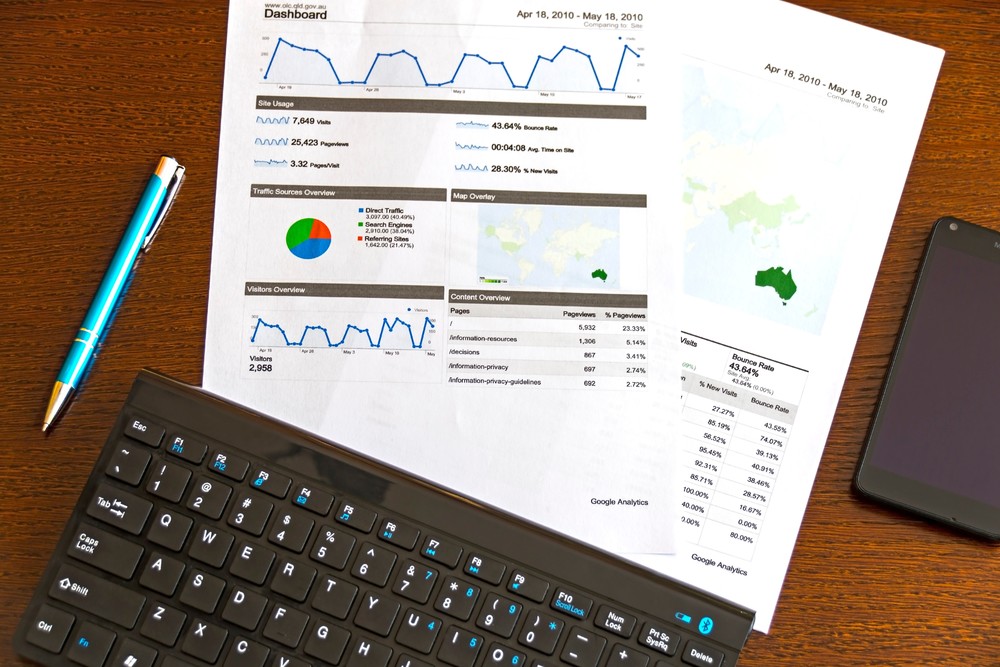We offer you and your projects’ partners a win-win solution based on a solid, long-lasting, fruitful relationship
You outsource the mundane & concentrate on what you do best
This blog is part of a series you will find out that companies with high levels of performance visibility are well placed to deliver successful construction project.

Nine out of ten managers (90%) in the UK and Irish construction firms believe their businesses have visibility of performance, but:
The value gap may be caused by the fact that almost two-thirds (64%) of UK and Ireland managers are still using outdated manual tools, like spreadsheets, to measure performance. 34% using such tools are often met with:
The firms which had no visibility of performance globally wanted tools to help them achieve it and thus: - boost overall efficiency and productivity; - save money: - 47% to improve profit margins - 40% said it is their top priority.
49% of respondents said they use construction-specific platforms, like Procore, and 45% construction-specific point solutions.
40% of businesses, predominantly larger firms, with over 1,000 employees, were deploying business intelligence presentation tools such as PowerBI, Tableau and SPSS.
As shown above, Business reporting is not used properly by construction firms, preventing them to make compelling, savvy business decisions.
We call them RAMPS :
Reporting
Job Cost & Project Reports help you:
Field Reports are great:
Financial Statements focus your attention on:
Analysing– gathering data —
Data produced on a cloud construction platform or a cloud management and project management platform can be easily sorted and analysed to make intelligent business decisions.
Studies show that the construction industry represents one of the last major industries to embrace business intelligence practices, the companies that have done so have gained significant benefits:
Monitoring – technology and dashboards.
Project monitoring is the process of protecting your client’s concerns from the risks in a development that they do not directly control.
What to Monitor:
Technology allows you to facilitate information transparency, support timely measurements against KPIs, and access data at any time through integrated software and automated processes like:
Dashboards provide:
Predicting – Accurately forecasting at:
Business Level:
forecasts include:
Project Level:
External Factors:
forecast help understanding the factors impacting construction projects:
Set up in Motion – Data accessibility anywhere, anytime.
The 4 Cs supported by mobile solutions:
cloud computing allow access to meaningful information to field personnel to:
With construction-specific accounting and operations solutions, construction firms gain complete visibility into their projects, knowing where you are; where you have been; and where you need to go…
Implementing BIM can be daunting, but Driving Vision is here to help you at the pace you are comfortable with. Get started by getting in touch now
We act as your BIM coordinator
We Support your BIM IT
We Train & Coach you
We Innovate in Technology
We offer you and your projects’ partners a win-win solution based on a solid, long-lasting, fruitful relationship
You outsource the mundane & concentrate on what you do best
